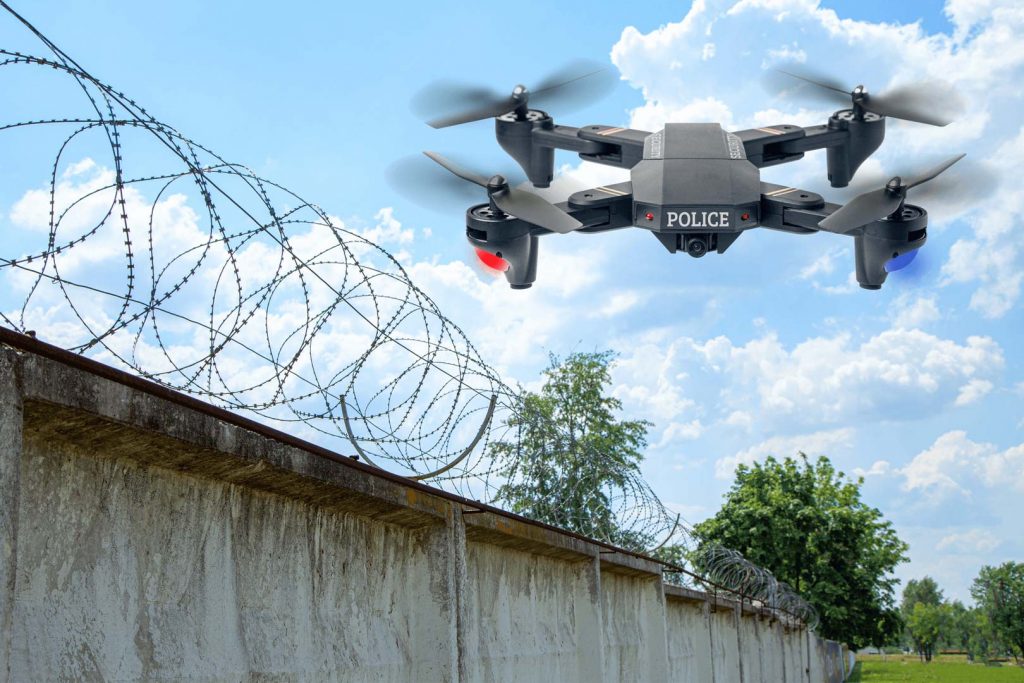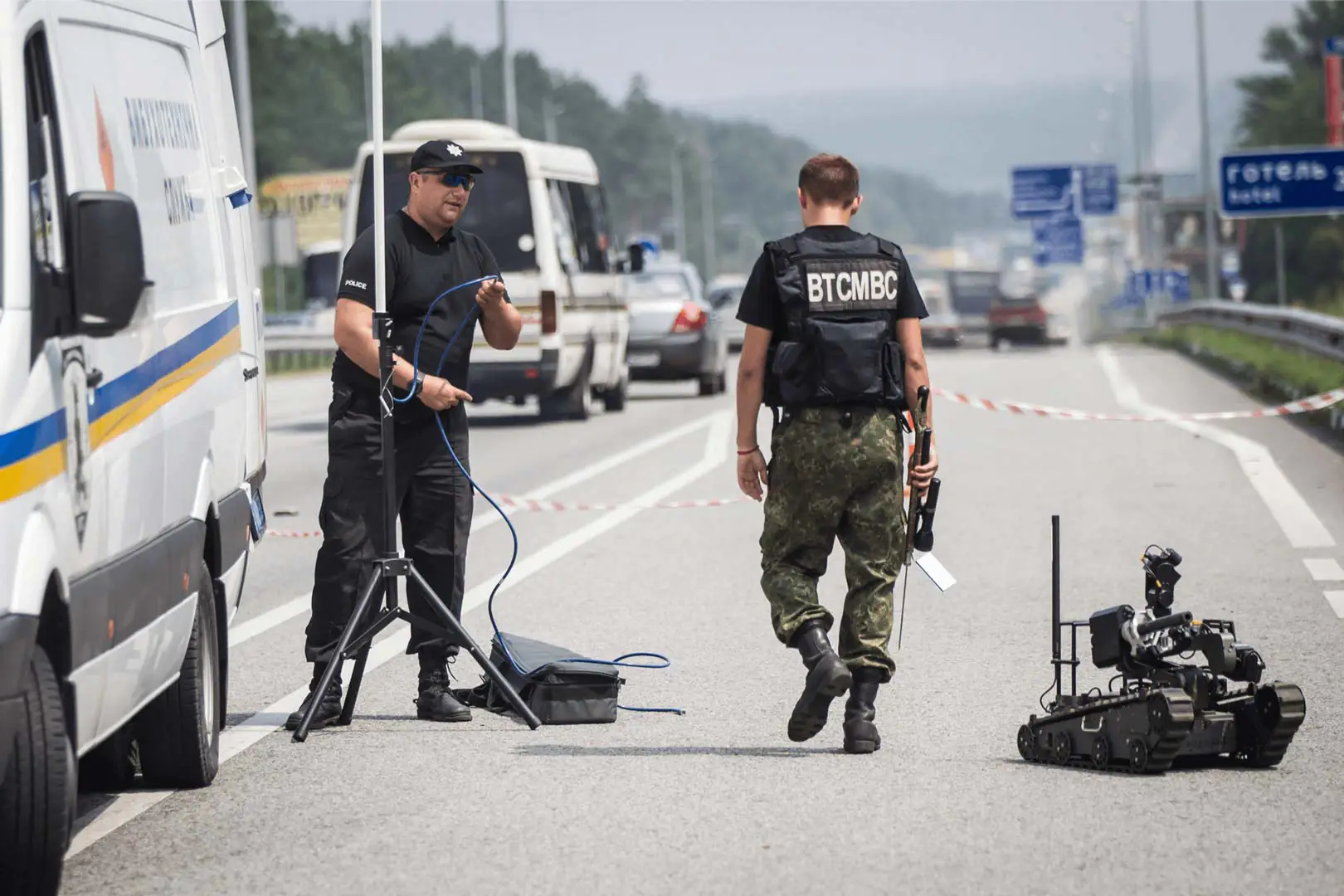Law enforcement agencies have been keeping up with technology for a while now. Because it is ever-changing and criminals are becoming increasingly sophisticated, developers have responded to these needs by inventing cutting-edge tools and software designed specifically to fight crime. One tool that is becoming increasingly popular in law enforcement is robotics. By the end of this year, it is expected to be a $5.7 billion industry.
ROBOTS THAT SAVE LIVES
Robots walking around us are not a thing of fiction anymore. Actual examples of robots on the job, saving lives are a reality. Among their multiples uses are, for instance:
- Bomb handling: Robots can detect whether a bomb is in a specific area and dispose of it without having any humans risking their lives. They can also train bomb disposers of risks without subjecting them to the risk per se.
- Search and rescue: When a structure collapses, or significant catastrophes happen, robots can go to this dangerous area to locate victims. Additionally, they can take wounded personnel out of hazardous situations.
- Information: By far, gathering and relaying information are robots’ main tasks within law enforcement. Thermal imaging, surveillance, fraud prevention, and crime scene analysis, among many others
PRACTICAL USES
In 2013, a robot helped catch the Boston Marathon Bombers. Officers on the case used the LENCO BearCat, the iRobot’s Packbot, and the Airborne-Mounted FLIR (Forward-Looking Infrared) Video, allowing them to see beneath objects. A couple of years later, an 800-pound robot from Northrop Grumman was used to deliver a pound of C4 explosives to stop the Dallas Gunner that killed five police officers. Even traffic police robots are starting to appear; some prototypes have been designed to aid police officers in making traffic stops more secure by not having them confront the driver directly.
THE ADVENT OF DRONES

We can easily consider drones the most widely used among these technological advancements, as they have significantly impacted public safety. Many agencies have invested in drones and drone software that get used in a variety of ways, including:
- Hover on pre-set routes
- Record information and send it back to police stations
- Monitor events
- Conduct domestic surveillance
- Patrol borders between states and countries
- Fire upon command
- Use sensors and cameras to detect and record unusual behavior
- Share communication between drones
- Photograph aerial pictures
- Provide 3d mapping assistance at accidents scenes
- Surveil prisons yards for contraband or escape attempts
- Deliver needed supplies to law enforcement officers or rescue victims.
Mission capable drones help agencies to cover vast distances and have many applications. They acquire useful data from angles that would be otherwise impossible, which helps the officers solve cases rapidly and death free in most cases. For instance, in a highly complex crash, a drone can make a 3d model of the accident, capturing every angle and shots, giving officers a clearer view of what happened.
Robotics has already introduced revolutionary developments for law enforcement. With this technology quickly becoming the norm, we can expect a situation when police officers will not even need to draw out their guns to contain a crisis in the near future. A button push will send robots to place criminals under arrest, possibly even reading their Miranda rights through a speaker; all this without risking a single police officer’s life.
By putting themselves in the line of fire, robots help keep officials and citizens safe. The development of automation and the constant research by scientists and engineers will allow law enforcement to implement less lethal means in the day-to-day job. The famous laws of Azimov might be closer than we think.
This article was brought to you by Kustom Signals, a leading provider of law enforcement speed enforcement and video solutions.

